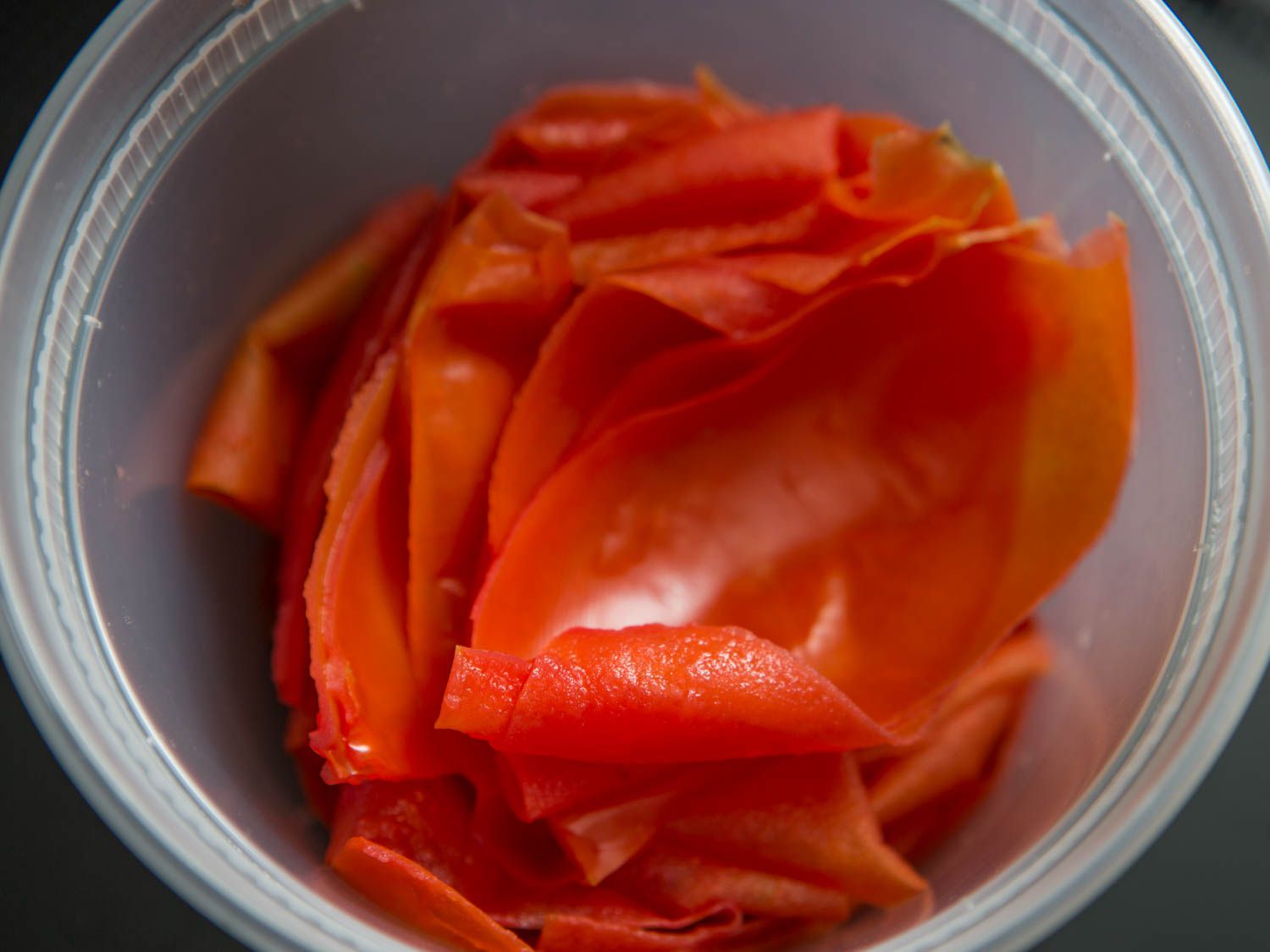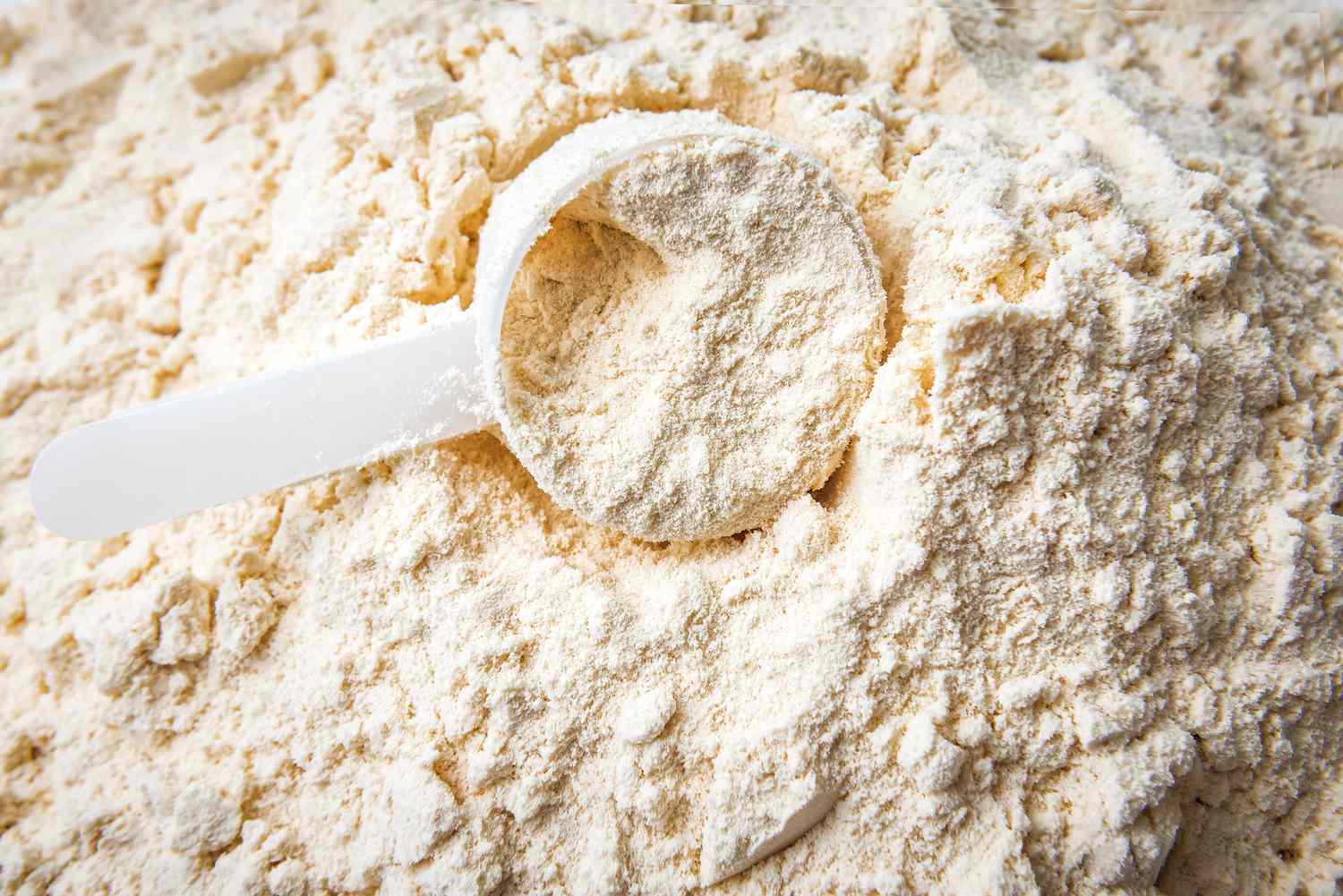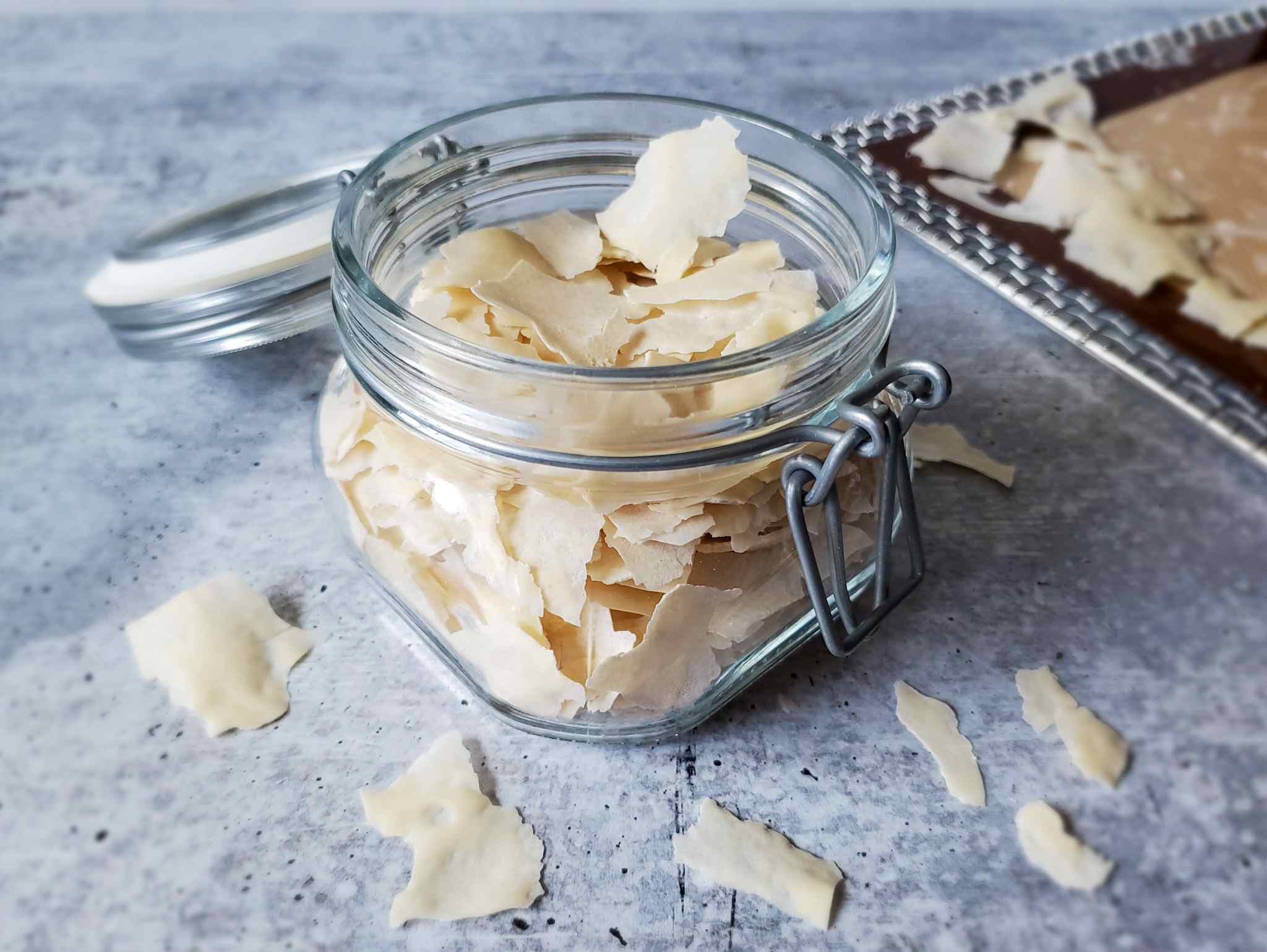Dehydrating Fish Skin: A Delicious and Nutritious Treat
Dehydrating fish skin is a fantastic way to create a crispy and flavorful snack that is not only delicious but also packed with nutrients. Whether you are a fan of crispy snacks or looking for a way to reduce food waste, dehydrating fish skin is a simple and rewarding process that anyone can do at home.
Why Dehydrate Fish Skin?
Dehydrating fish skin is a great way to make use of a part of the fish that is often discarded. Fish skin is rich in collagen, omega-3 fatty acids, and protein, making it a nutritious treat for both humans and pets. Additionally, dehydrating fish skin can help reduce food waste and make the most of the entire fish.
Step-by-Step Guide to Dehydrating Fish Skin
Dehydrating fish skin is a straightforward process that requires minimal equipment and ingredients. Here’s a simple guide to dehydrating fish skin at home:
- Prepare the Fish Skin: Start by obtaining fresh fish skin from a reliable source. Ensure that the skin is clean and free of scales and any remaining fish meat.
- Cut the Fish Skin: Using a sharp knife or kitchen shears, carefully cut the fish skin into strips or bite-sized pieces. This will make the dehydrating process more efficient and ensure that the skin dries evenly.
- Season the Fish Skin: Before dehydrating, you can season the fish skin with your favorite spices and seasonings. Common choices include salt, pepper, garlic powder, and paprika. This step allows you to customize the flavor of the dehydrated fish skin to your liking.
- Dehydrate the Fish Skin: Place the seasoned fish skin pieces on a dehydrator tray in a single layer, ensuring that there is space between each piece for air circulation. Set the dehydrator to a low temperature (around 140°F) and allow the fish skin to dehydrate for several hours, or until it becomes dry and crispy.
- Store the Dehydrated Fish Skin: Once the fish skin is fully dehydrated, allow it to cool before transferring it to an airtight container for storage. Properly stored, dehydrated fish skin can last for several weeks and makes for a convenient and nutritious snack.
Enjoying Dehydrated Fish Skin
Once you have successfully dehydrated fish skin, there are numerous ways to enjoy this crispy treat. Whether eaten on its own as a snack, crumbled over salads for added crunch, or used as a flavorful topping for soups and stews, dehydrated fish skin adds a delightful crunch and umami flavor to a variety of dishes.
Additionally, dehydrated fish skin can be a hit with pets, providing them with a natural and nutritious treat that supports their overall health and well-being.
Conclusion
Dehydrating fish skin is a simple and rewarding process that allows you to transform a typically discarded part of the fish into a delicious and nutritious snack. By following the steps outlined above, you can create your own crispy fish skin treats at home, reducing food waste and maximizing the nutritional benefits of the fish. Whether enjoyed by humans or pets, dehydrated fish skin is a versatile and flavorful addition to any kitchen.
More Delicious Recipes Using Dehydrated Fish Skin
Now that you've mastered dehydrating fish skin, it's time to put that skill to tasty use with a variety of creative recipes. For starters, consider the crispy and delightful Crispy Fish Skin Chips, perfect for a unique snack. Alternatively, add a twist to your meals with Asian-Inspired Fish Skin Salad Toppers, which can elevate a simple salad with its crunchy texture and rich flavor. For those who enjoy bold flavors, Spicy Fish Skin Tacos are a must-try, blending the heat you crave with the satisfying crunch of fish skin. Each recipe offers a unique way to incorporate dehydrated fish skin into your cooking, promising not only to enhance your dishes but also to impress your dinner guests with your innovative use of ingredients.
Was this page helpful?
Read Next: How To Dehydrate Sunchokes











